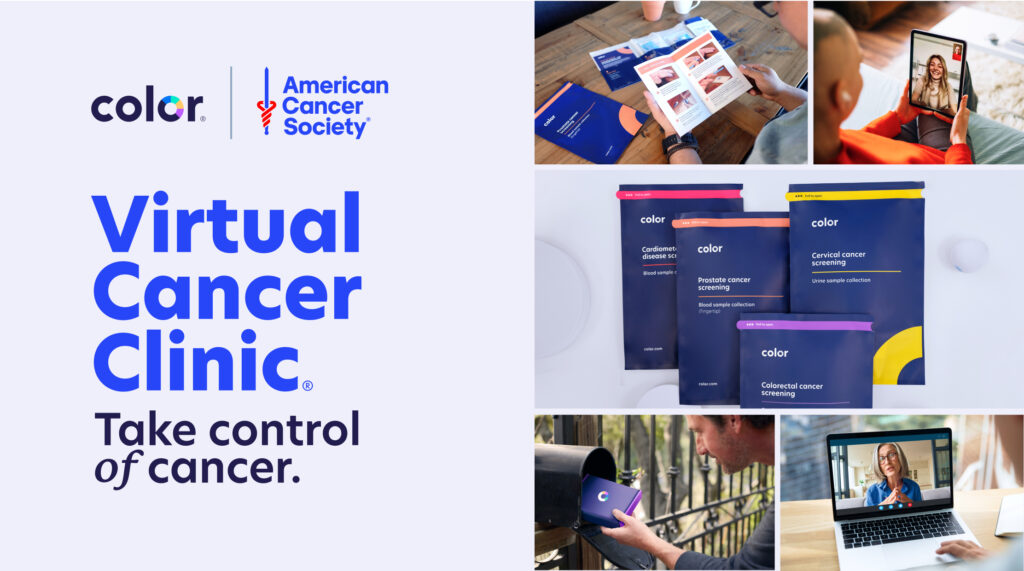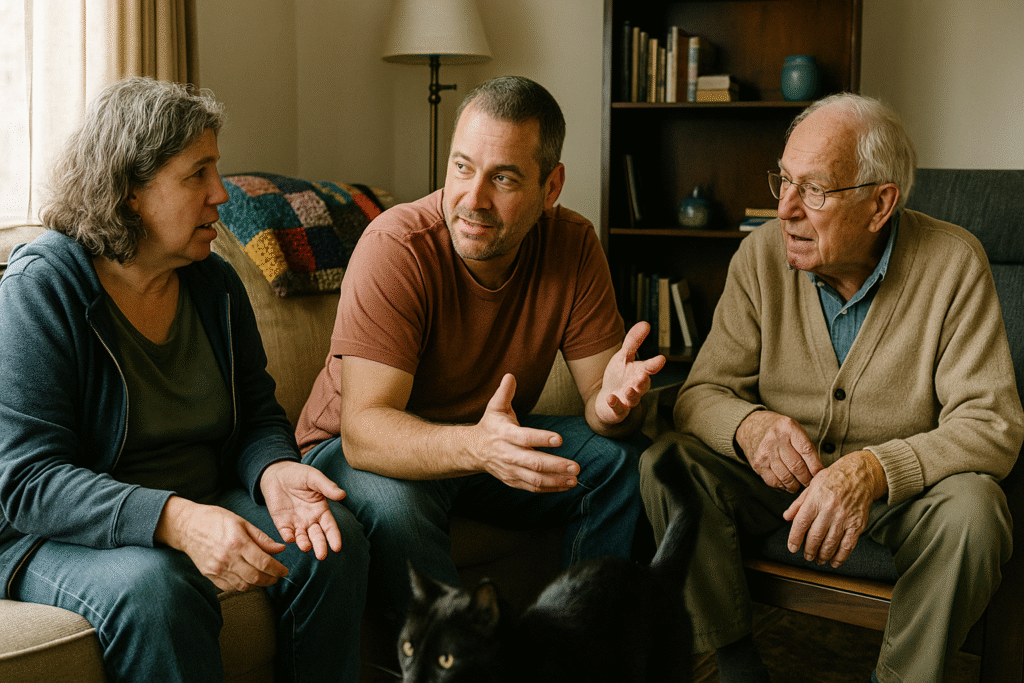Blog Post
What we do and whom we serve: A 10-year history of our work at Color
Othman Laraki

I’m often asked, “What does Color do today?” Lots of people know our company (and lots still wear their Color t-shirts from the late 2010s). But they tend to know about us either from our initial start in genomics, our big mobilization during the COVID-19 pandemic, or our work in cancer.
Everything looks clear looking back—even when it isn’t in the moment—and the learnings and experience we have had over the past 10 years are the foundation of our next 10 and beyond. As one of Color’s founders, I decided to write a lookback at our work over the past decade and what’s gotten us to where we are today.
Where we are today: Color works with employers, unions, health plans, and governments to take control of cancer through a comprehensive cancer program. In early 2023, Color and the American Cancer Society, Inc. (ACS) designed this solution – pairing Color’s population health and clinical care experience with the ACS’s leadership in cancer risk reduction, screening, treatment, and support. Our goal is to help large organizations responsible for the health of their populations provide every employee with the best possible shot against cancer, through education, screening, clinical management, robust patient support, and a survivorship clinic.
This program is a big expansion from where we began at our founding in 2013. Along the way, while serving over 7 million patients, we established a 50-state medical practice, innovated on new and accessible testing methods for screening, built and scaled a software platform for care delivery, expanded our clinical and support teams, and designed new care approaches for some of the highest-burden disease areas that we’ve seen in the past 10 years.
Here is an overview of how we got to today.
2015 — We launch by making clinical genetic testing accessible and actionable.
In 2015, Color entered the clinical genetics and cancer risk space with a clinical-grade genetic test for BRCA1, BRCA2, and 17 other cancer genes. At the time, genetic tests for ovarian and breast cancer risk could cost several thousand dollars and access was gated by long wait times for genetic counseling appointments. Color was the first to deliver comprehensive and convenient at-home genetic testing at a population-scale for less than a tenth of the cost—or even at no cost through employer-provided benefits—arming hundreds of thousands of individuals with the knowledge of their unique cancer and cardiometabolic risk.
Among the innovations in our model was to think of the value of genetics as extending beyond the test itself. We were the first in the space to make genetic counseling an integral part of the product. Color’s genetic counseling team worked with participants, their families and doctors to help them understand the results and plan for action. To this day, I frequently run into someone who remembers the name of the genetic counselor they spoke with six or seven years ago and express gratitude for the nuance and thoughtfulness with which they were supported.
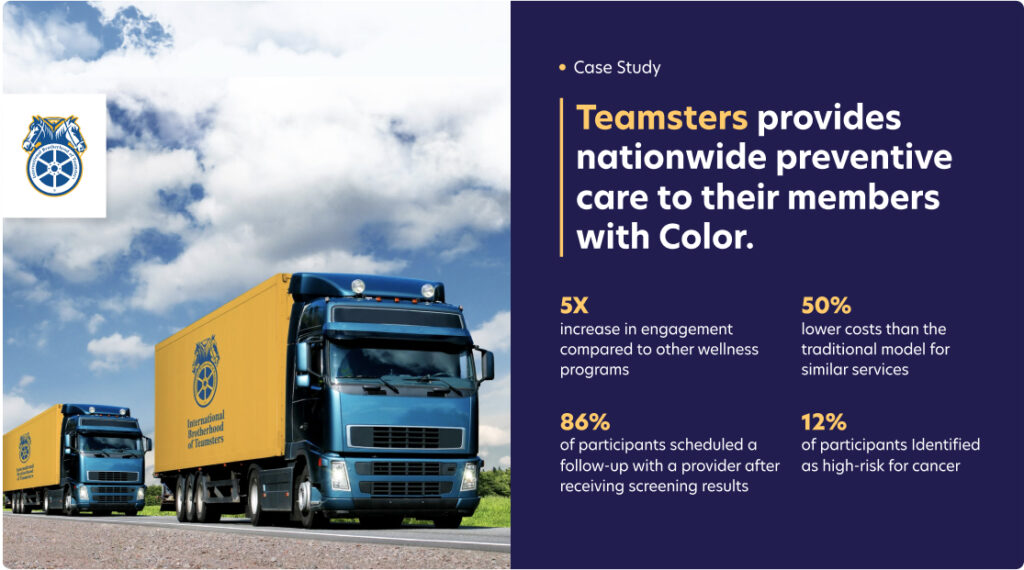
2018 — We begin the first of several partnerships with leaders in research and precision medicine, starting with the National Institutes of Health.
In 2018, the National Institutes of Health (NIH) awarded funding to Color, in partnership with the Broad Institute of MIT and Harvard, to establish one of three genome centers for its historic All of Us Research Program. Color was recruited to analyze and report genomic data for a set of 59 genes that cause conditions such as breast and ovarian cancer, hypercholesterolemia, Lynch syndrome, and more. Our partnership with the NIH expanded when we became the sole genetic counseling resource for all 1 million program participants, the source for easy-to-understand testing reporting, and the provider of participation engagement.
Color continues its partnership with the NIH to this day, having gathered data from hundreds of thousands of participants, many of whom represent populations who have been historically underrepresented in clinical research. For more on the All of Us Research Program, see here.
Our work with the NIH is one of our major research collaborations. We have gone on to also work with research institutions such as the UCSF, Mayo Clinic, the Fred Hutchinson Cancer Research Center, and the University of Chicago, as well as many local, state, and Federal governments.
2020 — We mobilize to provide access to COVID-19 testing, vaccination, and treatment services and expand to other infectious disease areas to support essential healthcare.
On March 16th, 2020, the first stay-at-home orders were issued in the San Francisco Bay Area. Exactly two weeks later, Color had built a CLIA-certified COVID-19 testing lab and digital platform. One week after that, Color and the City and County of San Francisco launched one of the first high-capacity, public COVID testing sites in the United States.
Over the following months, Color supported employers, schools, and Federal, state, and local health departments across the country—Thermo Fisher Scientific, the CDC, the State of California and the Commonwealth of Massachusetts, Chicago Public Schools, to name a few—to provide critical access where people worked, played, learned, and worshiped. When antiviral treatment became available, Color ran three-quarters of the country’s state-level telehealth programs, with prescription delivery within 24 to 48 hours of symptom onset. Our population health work has since expanded to support other infectious disease areas. Color currently runs the State of California’s HIV PrEP telehealth access program.
Over the years, our commitment to broad population health has led us to continue investing in access. These investments include offering multilingual support, flexible care delivery models, hotlines for those without smartphones or computers, and more.
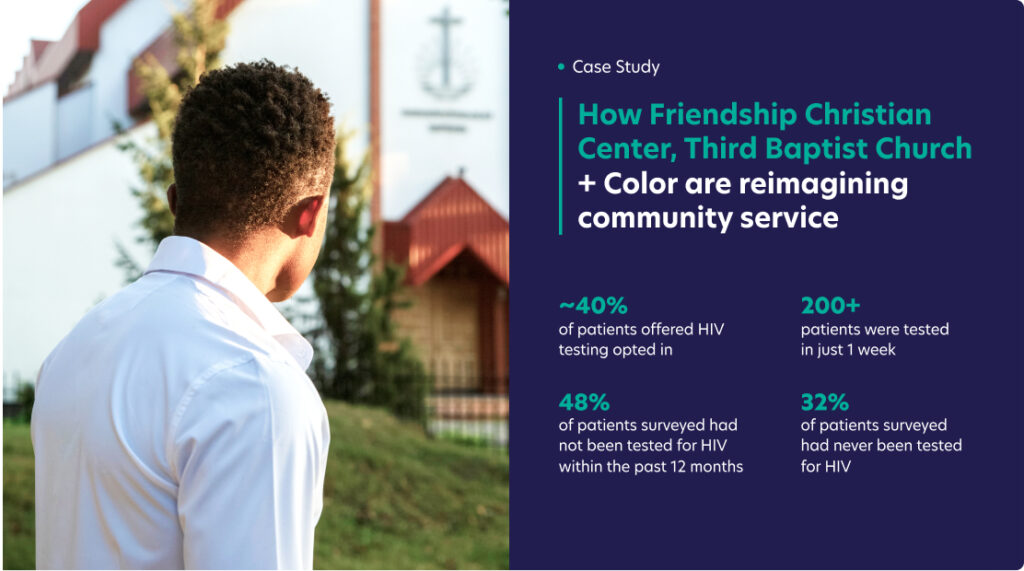
2023 — We partner with the American Cancer Society to improve access and uptake for recommended cancer screenings.
In June 2023, Color and the American Cancer Society (ACS) introduced a comprehensive cancer screening and prevention program for employers, combining the ACS’s expertise in clinical, evidence-based research on cancer prevention and Color’s leadership in population-scale healthcare delivery.
Rates of cancer screening, stage of detection, and treatment outcomes reflect some of the deepest disparities in American healthcare. The partnership tackles this issue and recognizes that even Americans with health insurance find accessing cancer preventive services and navigating cancer post-diagnosis challenging.
With 159 million Americans receiving health benefits through their employer, the ACS and Color program enables employers to take action to get their populations access to timely and quality preventive care.
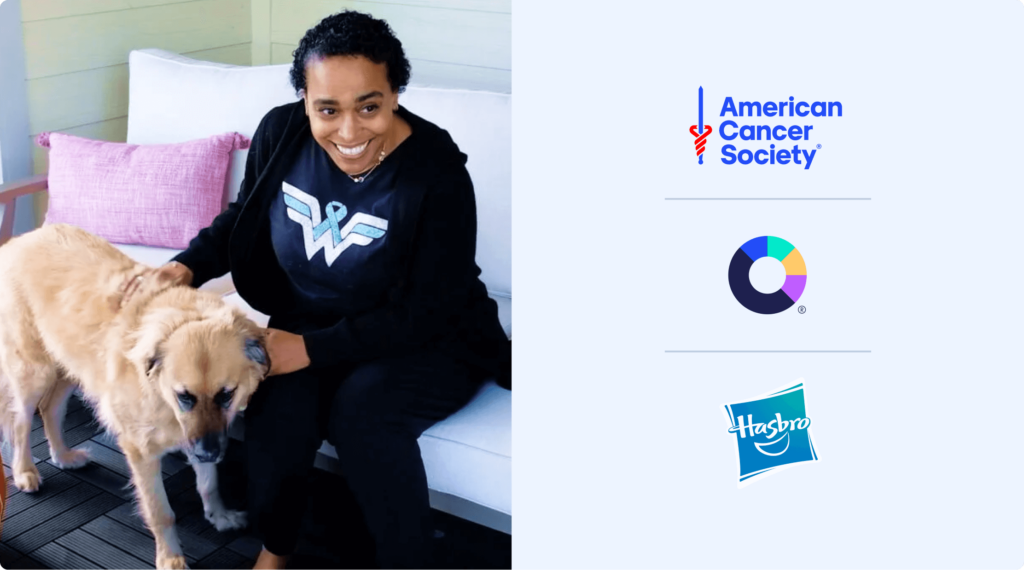
2024 — We continue to help large purchasers improve population health by expanding our program with ACS to support diagnosis management, cancer treatment, and survivorship
Our long-held belief is that the largest purchasers ( public and private employers and labor unions) play a critical role in access to essential healthcare for their populations which we are seeing take hold among leading employers. The White House recently acknowledged the critical role played by employers and highlighted our work.
Today, our day-in, day-out focus is helping large purchasers improve their population’s health by taking control of cancer. Color and the American Cancer Society’s program expanded since its initial launch to address the full continuum of cancer care, focusing on two key levers that have the biggest impact in the fight against cancer: 1) detecting cancer earlier, and 2) managing cancer more effectively.
Seeing our first cohorts go live with the Color and American Cancer Society program has solidified our confidence that a comprehensive and integrated model will be the most effective way to change the survival and cost trajectory of cancer for millions of people across the United States. The program is a synthesis of the types of work we have embarked on for the last decade: cancer risk, genetic testing and research, population logistics, preventive and essential medicine, and patient-focused care.
After nearly a decade, many of the founding principles behind Color remain as important as ever. These include the importance of delivering exceptional patient experiences, addressing barriers to access, integrating different care functions to design a complete solution, and using technology to drive costs down while increasing immediacy. I am particularly excited about the phase that is now in full swing because we and the environment around us is increasingly making it possible to create multi-faceted care services that are less about a function (tests, clinical visits, medications, etc) and more about pursuing important population-level goals, such as taking control of cancer.
